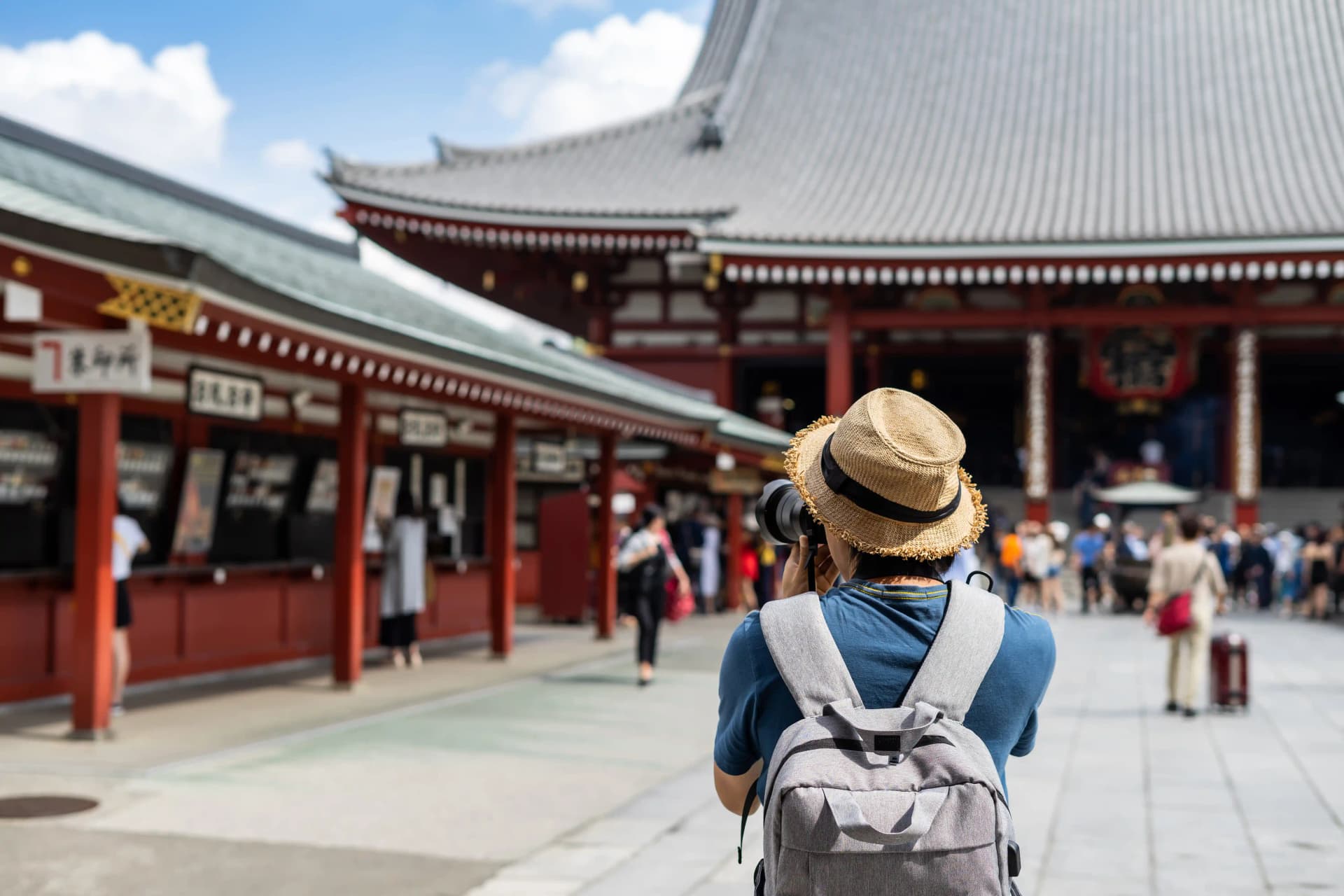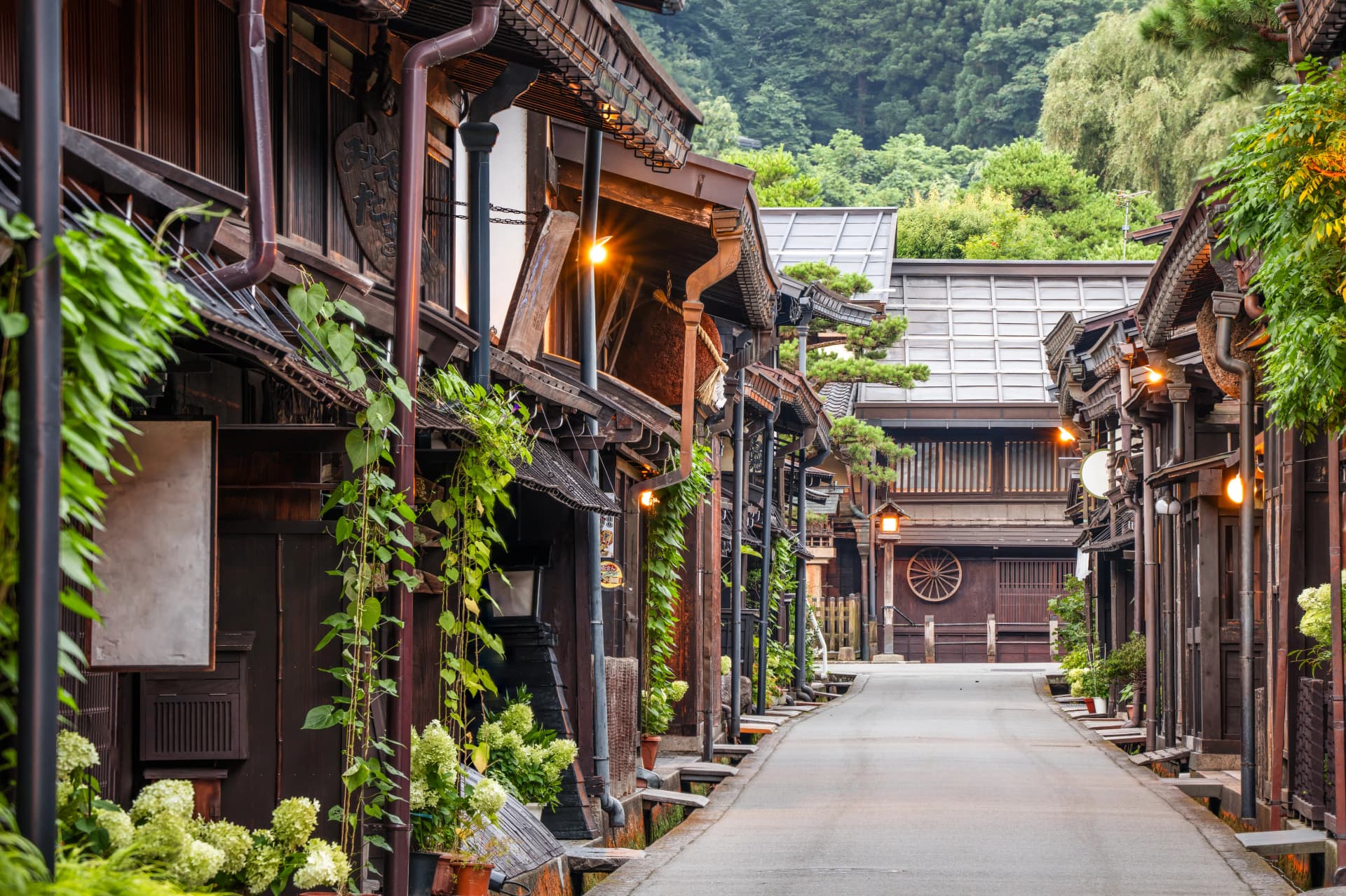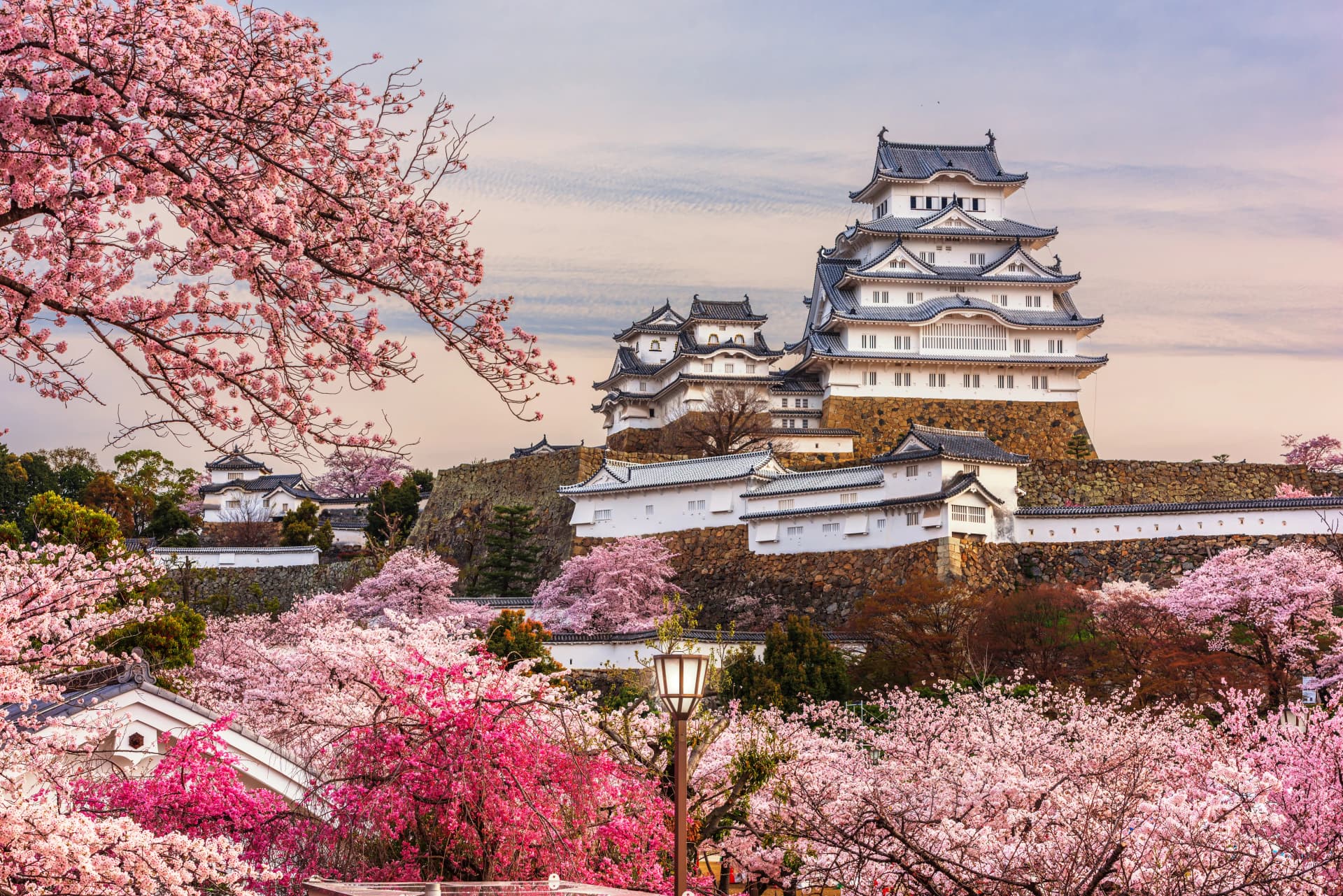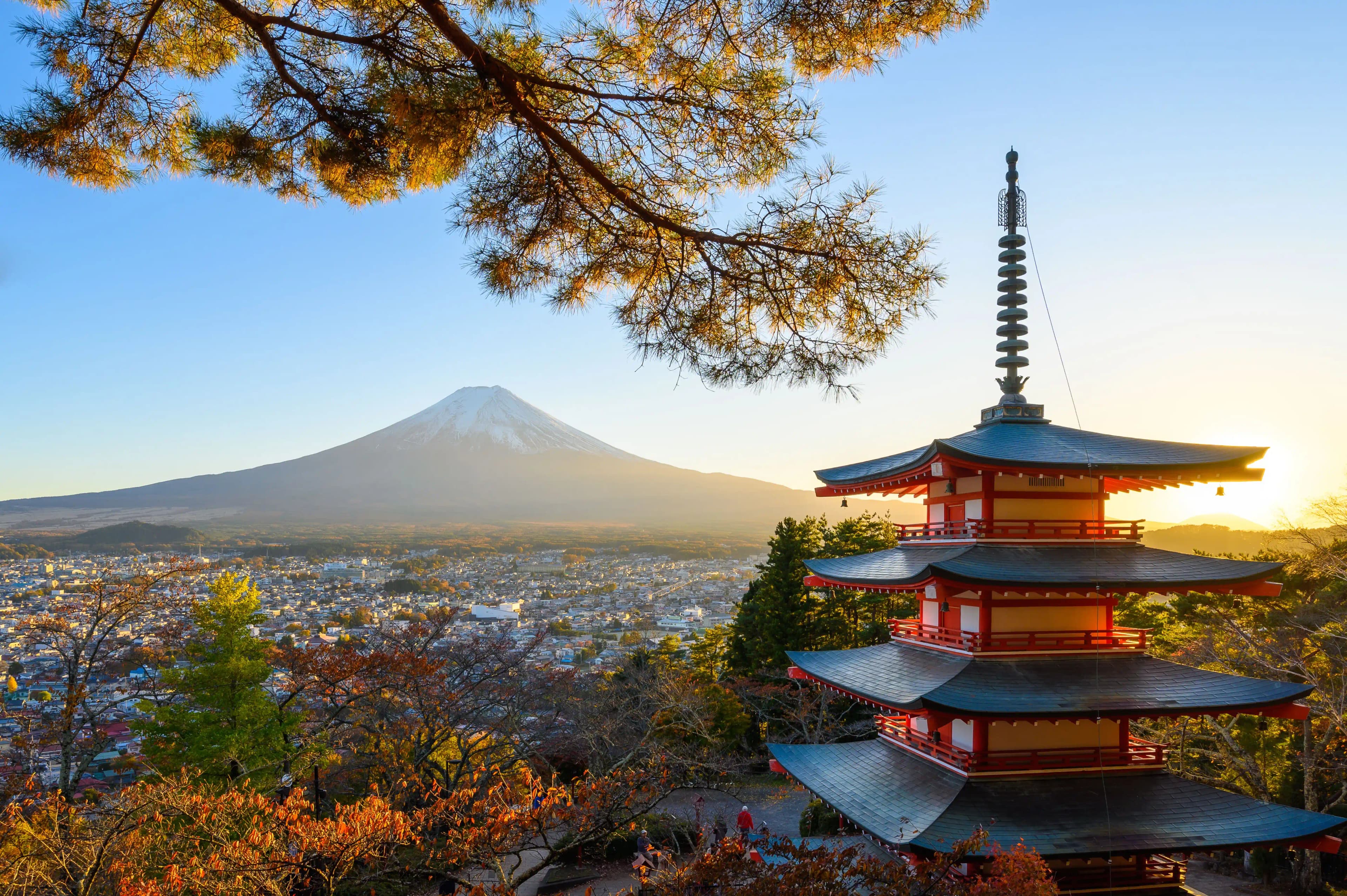School Educational Tours


School Educational Tours
Transformative School Educational Tours in Japan

School Educational Tours
Transformative School Educational Tours in Japan
At Tweet Japan DMC, we believe that learning extends beyond the classroom - and what better way to enrich students’ education than through immersive, hands-on travel experiences in Japan? Our School Educational Tours are carefully curated to provide engaging, insightful, and culturally enriching journeys, combining academic learning with real-world exploration. From history and technology to culture and sustainability, our tours offer unforgettable educational experiences designed to inspire and educate students of all ages.
Our School Educational Tours are structured travel programs tailored specifically for schools, universities, and educational institutions looking to provide students with experiential learning opportunities in Japan. These tours go beyond sightseeing, they are designed to foster cross-cultural understanding, critical thinking, and hands-on learning in a variety of academic fields. With expertly crafted itineraries, professional guides, and seamless logistics, we ensure that each trip is both educational and engaging.
Inspire your students with a once-in-a-lifetime educational journey through Japan. Contact us today to start planning a customized itinerary tailored to your school's educational goals!
What Our School Educational Tours Include
We design age-appropriate, subject-focused itineraries tailored to meet the educational objectives of each group. Whether the focus is on Japanese history, science, technology, business, art, or culture, we create enriching learning experiences that align with curriculum goals.

Tweet Japan DMC
Our School Educational Tours are perfect for:

High School & University Groups
Providing students with immersive learning experiences that complement their coursework.

STEM & Business Students
Offering exposure to Japan’s technological innovations, corporate culture, and research institutions.

History & Cultural Studies Groups
Allowing students to deepen their understanding of Japan’s rich heritage through first-hand exploration.

Language Learners
Enabling students studying Japanese to enhance their language skills through real-world practice and cultural interaction

Environmental Science & Sustainability Programs
Giving students insight into Japan’s environmental conservation efforts and sustainable initiatives.
Why Choose Our School Educational Tours?
We work closely with teachers and educational institutions to design customized itineraries that align with learning objectives and ensure students gain valuable academic insights from the trip.

Best Places to Visit in Japan

Mount Fuji & The Five Lakes Region (Yamanashi/Shizuoka)
Mount Fuji is the highest peak in Japan and is an iconic symbol of the country’s natural beauty. This majestic volcano, a UNESCO World Heritage Site, draws travelers from around the globe, whether for climbing, sightseeing, or simply enjoying its beauty from afar. The surrounding area, including Lake Kawaguchi and the Five Fuji Lakes, offers incredible views of the mountain and a peaceful retreat from the bustling cities. A hike to the summit during the summer months offers an unforgettable experience, while the winter landscape provides a serene, snowy setting. For those who prefer relaxation, a soak in an onsen (hot spring) with a view of Fuji is an experience like no other.

Fushimi Inari Shrine (Kyoto)
One of Japan’s most iconic landmarks, Fushimi Inari Shrine is famous for its thousands of vermillion torii gates, creating a mesmerizing pathway leading up Mount Inari. Dedicated to Inari, the Shinto god of rice and prosperity, the shrine is not only a spiritual site but also an immersive experience for travelers who wish to explore its scenic trails. As you walk through the gates, you’ll feel a sense of tranquillity while also discovering smaller shrines and breathtaking viewpoints along the way.

Hiroshima Peace Memorial Park & Museum (Hiroshima)
A place of reflection and remembrance, Hiroshima Peace Memorial Park serves as a powerful tribute to the resilience of the city and its people after the atomic bombing of 1945. The park features the Atomic Bomb Dome, one of the few structures that survived the explosion, standing as a symbol of hope and peace. The Peace Memorial Museum provides a deeply moving insight into the tragic event and the ongoing efforts for nuclear disarmament. Despite its painful past, Hiroshima today is a vibrant city known for its welcoming atmosphere, delicious Hiroshima-style okonomiyaki, and scenic Miyajima Island nearby.

Arashiyama Bamboo Forest (Kyoto)
Walking through the towering bamboo groves of Arashiyama is like stepping into another world. The sunlight filtering through the dense green stalks creates an ethereal and calming atmosphere, making it a must-visit for those seeking a moment of tranquillity. Nearby, the Togetsukyo Bridge offers scenic river views, and the Iwatayama Monkey Park provides a chance to see wild Japanese macaques while taking in a panoramic view of Kyoto. Arashiyama is particularly stunning in autumn, when the maple trees surrounding the area burst into brilliant shades of red and orange.

Shirakawa-go (Gifu)
Hidden in the mountains of Gifu Prefecture, Shirakawa-go is a UNESCO-listed village known for its traditional thatched-roof farmhouses (gassho-zukuri). These houses, designed to withstand heavy snowfall, create a fairytale-like setting, especially in winter when the village is covered in snow. Walking through Shirakawa-go feels like stepping back in time, offering a glimpse into Japan’s rural past. Visitors can even stay overnight in a traditional farmhouse, experiencing the simple yet warm hospitality of this remote and charming region.

Nikko & Toshogu Shrine (Tochigi)
Just a few hours from Tokyo, Nikko is a treasure trove of natural beauty and cultural heritage. The highlight of the area is Toshogu Shrine, a lavishly decorated mausoleum dedicated to Tokugawa Ieyasu, the founder of the Tokugawa Shogunate. Unlike many shrines in Japan, Toshogu features intricate carvings and vibrant gold embellishments, showcasing the grandeur of Edo-period craftsmanship. Beyond the shrine, Nikko is famous for its breathtaking waterfalls, lush forests, and scenic hiking trails, making it an excellent destination for both culture lovers and nature enthusiasts.

Takachiho Gorge (Miyazaki, Kyushu)
Located in Kyushu, Takachiho Gorge is a stunning natural wonder where the Gokase River flows through dramatic basalt cliffs, creating a breathtaking landscape of waterfalls and lush greenery. One of the best ways to experience the gorge is by rowing a boat along the river, passing under the impressive Manai Falls. Steeped in Japanese mythology, Takachiho is said to be the place where the sun goddess Amaterasu hid in a cave, making it an important spiritual site. The combination of natural beauty and legendary folklore makes Takachiho Gorge a truly magical destination.

Kanazawa & Kenroku-en Garden (Ishikawa)
Often called "Little Kyoto," Kanazawa is a beautifully preserved city that offers a glimpse into Japan’s samurai and geisha past. Its highlight is Kenroku-en Garden, one of Japan’s "Three Great Gardens," celebrated for its seasonal beauty, elegant teahouses, and meticulously designed landscapes. A walk through this serene oasis provides a sense of peace and refinement, making it one of the most beautiful gardens in the country. Kanazawa is also home to the Nagamachi Samurai District, where visitors can explore well-preserved samurai residences, and the 21st Century Museum of Contemporary Art, a fascinating contrast to the city's traditional atmosphere.

Takayama (Gifu)
Nestled in the Japanese Alps, Takayama is a charming town renowned for its well-preserved Edo-period streets, traditional wooden houses, and vibrant local culture. Visitors can explore the Sanmachi Suji district, where sake breweries and local crafts shops offer a taste of old Japan. Takayama is also famous for its seasonal festivals, where elaborately decorated floats parade through the streets. A short trip from Takayama leads to the stunning alpine villages of Shirakawa-go, another must-see destination.

Gion District & Hanamikoji Street (Kyoto)
As Kyoto’s historic geisha district, Gion is a place where the elegance of old Japan lives on. Strolling down Hanamikoji Street, visitors can admire traditional wooden machiya townhouses, ochaya (teahouses), and possibly catch a glimpse of a geiko (Kyoto’s term for geisha) or maiko (apprentice geisha) on their way to evening engagements. Gion is also home to fine dining establishments serving Kyoto’s kaiseki cuisine, a refined, multi-course meal that showcases seasonal ingredients. For a truly immersive experience, visiting a teahouse for a private geisha performance is a once-in-a-lifetime opportunity.

Himeji Castle (Hyogo)
Himeji Castle, also known as the "White Heron Castle," is Japan’s most spectacular feudal-era castle and a UNESCO World Heritage Site. Unlike many other castles that were destroyed and rebuilt, Himeji Castle remains intact from the Edo period, offering a rare and authentic look into Japan’s samurai history. The castle’s elegant white façade, intricate wooden interiors, and strategic maze-like defenses make it a masterpiece of Japanese architecture. In spring, the surrounding cherry blossoms transform the area into one of Japan’s most picturesque hanami (flower-viewing) spots.

